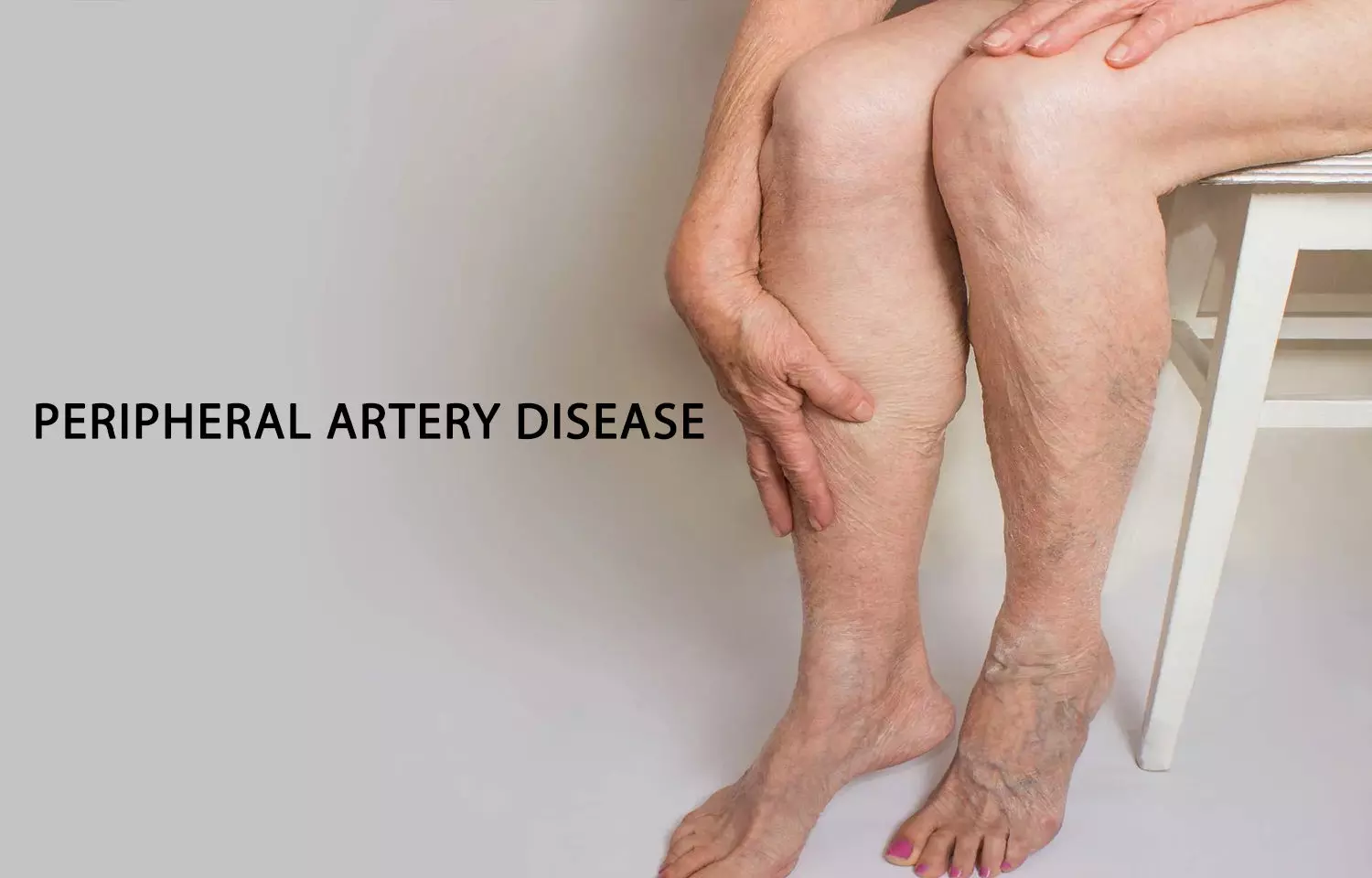BUSINESS
Reduce the symptoms of peripheral artery disease (Muscle cells)
The organ walls and most of our bodies are constructed out of muscles. Muscle cells undergo constant tension and relax when any muscle part is working. The energy required by muscles is derived from cellular respiration.

Muscle Cells
The organ walls and most of our bodies are constructed out of muscles. Muscle cells undergo constant tension and relax when any muscle part is working. The energy required by muscles is derived from cellular respiration.
To aid in cellular respiration, blood supplies one of the elements, i.e. oxygen. The blood vessels connected to muscle cells ensure blood flow, and muscle fibers get sufficient oxygen to ensure aerobic respiration.
But there is a greater need for energy when working the muscles for extended durations. However, blood vessels cannot deliver oxygen to the muscles at this speed, which is why anaerobic breathing occurs. Because of this, lactic acid is absorbed by muscles’ cells.
This is why you notice muscle pain after walking for a long time or running at high speed. This is a regular occurrence when muscles don’t get enough blood flow. However, suppose blood vessels cannot provide oxygen and blood to the muscles, even under normal circumstances. In that case, this condition is referred to in the medical field as PAD or peripheral arterial disease.
What are the signs of peripheral arterial artery disease?
Peripheral arterial diseases are a common issue. But, many people misinterpret this as normal tension or excessive muscle stress. Although the first phase of PAD isn’t severe, the same can’t be said of the more advanced stage. This is the reason that knowing more about the signs is essential to determine whether you’re suffering from PAD or not.
In the next section, we will discuss the main symptoms you need to know about peripheral arterial disease symptoms.
1. You can observe the colour of your legs changing. In some cases, as the initial stage begins to progress towards the stage of advancement. Portions of the leg will turn blue because of insufficient oxygen flow and blood flow to muscle cells.
2. The weakness of the legs is another typical sign you may encounter due to peripheral artery diseases. It is usually caused by the deficiency of oxygen supply and the slowing of energy production caused by oxygenation or aerobic respiration.
3. When you exercise or walk hard, you’ll feel your muscles aching because muscle cells do not receive enough oxygen. In the end, more lactic acid builds up within the muscles, which can cause discomfort.
4. The appearance of your legs can be a few of the most frequent symptoms you may be able to face if you suffer from peripheral arterial disease. You might see excessive hair loss on the legs or shining skin at your top.
What can you do to reduce your symptoms from peripheral arterial disease?
There are many ways you can lessen the signs of peripheral artery disease. In this section, we will provide information on how you can remove the symptoms with the help of Chughtai lab Lahore test reports and continue in your day-to-day routine.
Rest well every day
You must rest for a sufficient time to ensure that blood flows smoothly through the vessels and reach muscle cells. When doing household chores, perform for about 15 minutes, then rest for five minutes. Be sure to straighten your legs so that blood flow occurs quickly. After the pain is gone and you can work once more. When you’re walking, you should give a rest on your legs, and then keep going in the same.
* Avoid overworking the muscles
If you exercise, do not overwork your muscles since that could cause lactic accumulation. It can further aggravate the pain. This is why it is essential to do the right exercises that increase blood flow and decrease plaque buildup. If this isn’t the case, it could be that you experience further issues, such as weak leg muscles.
* Don’t lock your legs completely
Many people believe that if they don’t exercise their legs, they don’t suffer discomfort. But, this is not an option. Instead, you must train to ensure that blood flows properly and does not cause muscular discomfort. Additionally, ensuring you’re in good shape will reduce muscle strains so that you won’t experience another issue.
* Choose to use compresses with cold to help ease the pain
Sometimes, your leg muscles can be swollen or suffer pain from inflammation. Apply cold compression to feel immediate relief. Cold compresses can relax blood vessels, and we will restore blood flow through dilation.
Conclusion
A lot of people are living with peripheral arterial disease. While it’s not as harmful as many think, it could affect your daily activities. That’s why taking care of the discomfort you experience in your legs is essential. Take the following methods to live your life in peace.
If you’re suffering from PAD, seek a physician through Max Healthcare to get proper treatment.
